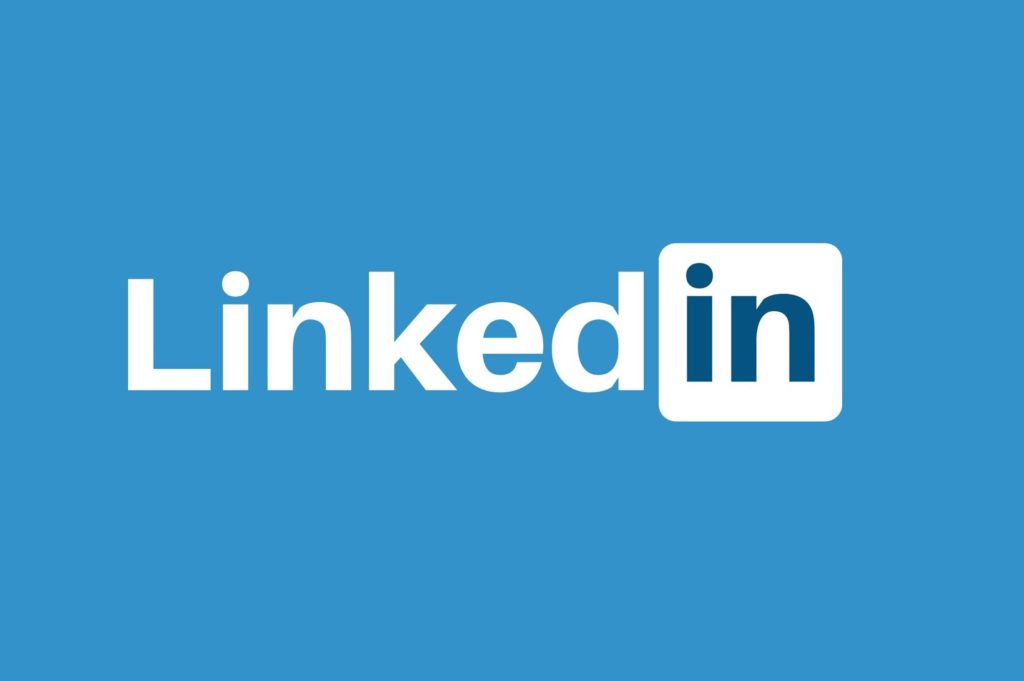In recent years, the professional social network LinkedIn has become a powerful platform for content marketing. It is the best platform for B2B marketers, as we recently wrote about in our article “Which Social Network is Best for B2B Marketing. LinkedIn Today’s service allows users to keep up with news that is popular among professionals.
The social network acquired the slide hosting service SlideShare in 2012 and the news aggregator Pulse in 2013. Also in the very near future, the company promises to introduce additional services designed for marketing communications.

Gradually the world’s largest social network for professionals is becoming a hub for marketers to create and distribute content. We are talking about the segment “business to business” in the first place. However, brands in the “business to customer” segment are also finding their audience on LinkedIn.
This network also provides access to information about users, which allows you to use it to segment your audience and create personalized content. In this article, you’ll find information on how to do this in practice.
Contents
1. How to create personalized content :
To create personalized content, marketers need to solve a whole set of problems. First of all, they need to segment their audience. Then identify the main channels through which the target audience receives information.
To create interesting content which will correspond to the specifics of concrete channels. And finally, find a way to interact with specific people, not faceless nicknames, IP addresses and a set of cookies. One prerequisite to keep in mind is that for an inbound marketing campaign to be successful, the content you publish must be relevant.
More Resources :
⇒⇒⇒ How to create a LinkedIn content strategy
⇒⇒⇒ 16 Content Ideas that Will Make You a LinkedIn Superstar
⇒⇒⇒ How to Create Engaging Content on LinkedIn
The following algorithm will help you create personalized content using LinkedIn:
2. Segment your target audience :

Place of residence :
This criterion will allow you to combine the audience into segments based on geography.
Status :
The information needs of top managers and line employees are different. Content marketers need to take this into account when creating personalized content.
The scope of a potential client’s responsibility :
It is important for marketers to know what exactly a potential customer does for their company. Brands should also take an interest in customers’ extracurricular activities – their social involvement, hobbies, and even family roles.
Industry :
Representatives of the banking and agricultural spheres usually need different content. Therefore, segmentation of the audience by industry is one of the most important.
Company size :
Marketers should offer different content to representatives of small businesses and employees of multinational giants.
3. Find out what your target audience is talking about
Monitoring active discussions on social media is one of the most powerful content marketing tools. Active groups on LinkedIn will be a valuable source of information for you about each audience segment.
Use automated social media monitoring services to quickly identify the most relevant topics for your audience. Some of the most convenient ones include Sprout Social, HootSuite and Wildfire.
You can monitor the groups that are most important to you manually. However, if your audience is segmented, you can’t do without automatic monitoring tools.
4. Create specific content for each segment
Use portraits of the ideal consumer to create a content plan that takes audience segmentation into account.
Use the information from your social media monitoring service to do this. Your task at this stage is to create publications that are relevant to each audience segment.
When creating a content plan, try to include publications that address all important issues related to consumer decision-making. Remember, different audience segments have different motivations and information when making decisions.
For example, small businesses and large corporations use different criteria for choosing an insurance company. The former pay attention to the cost of services and completeness of the insurance program, while the latter are interested in the insurer’s ability to meet its obligations in case of major losses.
5. Choose the most effective channels of information dissemination
Evaluate the distribution channels you usually use. Using a separate channel for each major consumer segment is the best option.
Consider the following hypothetical example. The professional interests of engineering and law firm executives are not the same, so you need to use different content to interact with those segments. If you use general distribution channels, you won’t be able to take advantage of personalizing your marketing campaign.
More Resources :
⇒⇒⇒ 12 Steps to Create a Successful LinkedIn Marketing Strategy in 2021
⇒⇒⇒ How to Use LinkedIn for Business: A Step-by-Step Guide for Marketers
⇒⇒⇒ 4 High-Impact Tactics to Bolster Your LinkedIn Strategy
⇒⇒⇒ 7 tips to rev up your LinkedIn marketing game
How do I distribute content on LinkedIn?
Most users use their LinkedIn profile as a virtual resume. They provide information on their profile about their professional experience, current place of work and interests. This makes the social network for professionals a convenient and effective content marketing tool.
It allows you to distribute personalized content tailored to your audience’s needs.
Use the tips below to turn LinkedIn into an effective content marketing tool.
⇒⇒⇒ ▷ Powerful tools for small business owners
Use a brand page and paid advertising :
Using a company page on LinkedIn is a standard marketing technique. Brands are able to attract subscribers by publishing interesting and useful content.
Materials published on the company page automatically appear in subscribers’ news feeds. Publish personalized content for different groups of subscribers to increase the effectiveness of your marketing campaign.
Participate in Discussions :
You may be surprised to learn that engaging in discussions is an essential element of content marketing. When you participate in LinkedIn topic groups, you post content that is informative and useful to your audience, without encouraging them to buy your product. And that’s content marketing.
By creating a topic group and maintaining discussions, you increase your credibility. And by participating in discussions in other theme groups, you increase your reach and draw the audience’s attention to your brand.
Create unique opportunities for your subscribers :
You can surprise your audience with the LinkedIn API. For example, the consulting firm PricewaterhouseCoopers Netherlands developed a game for their subscribers using this tool. It helps LinkedIn users test how well they know their social connections.
Conclusion :
The social network LinkedIn is among the most convenient social platforms for content marketing. It concerns the English-speaking segment of the Internet in the first place, but Runet marketers can also use the unique features of this network. Conducting personalized marketing campaigns is one of the main ones.
To create and publish personalized content, segment your target audience. LinkedIn gives you access to the information you need to do this. Use social monitoring services to identify topics relevant to each audience segment.
Create personalized content and deliver it to selected users using LinkedIn tools. And don’t forget to use the LinkedIn API if you want to engage with audiences outside of the social network for professionals.
More Ressources :
- How to Convert Instagram Reels to Audio: A Quick Guide
- Everything You Need to Know About Music Marketing Copywriter Jobs
- How Animation & Whatnot Can Transform Your Digital Marketing Strategy
- Exploring Facebook Custom and Lookalike Audiences
- Understanding Affiliate Tracking Codes: A Comprehensive Guide for Marketers




